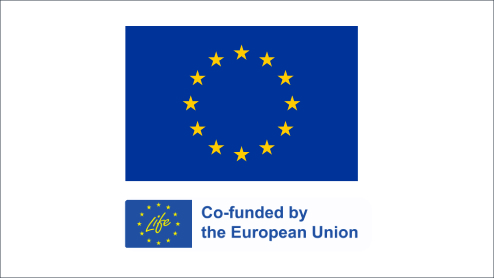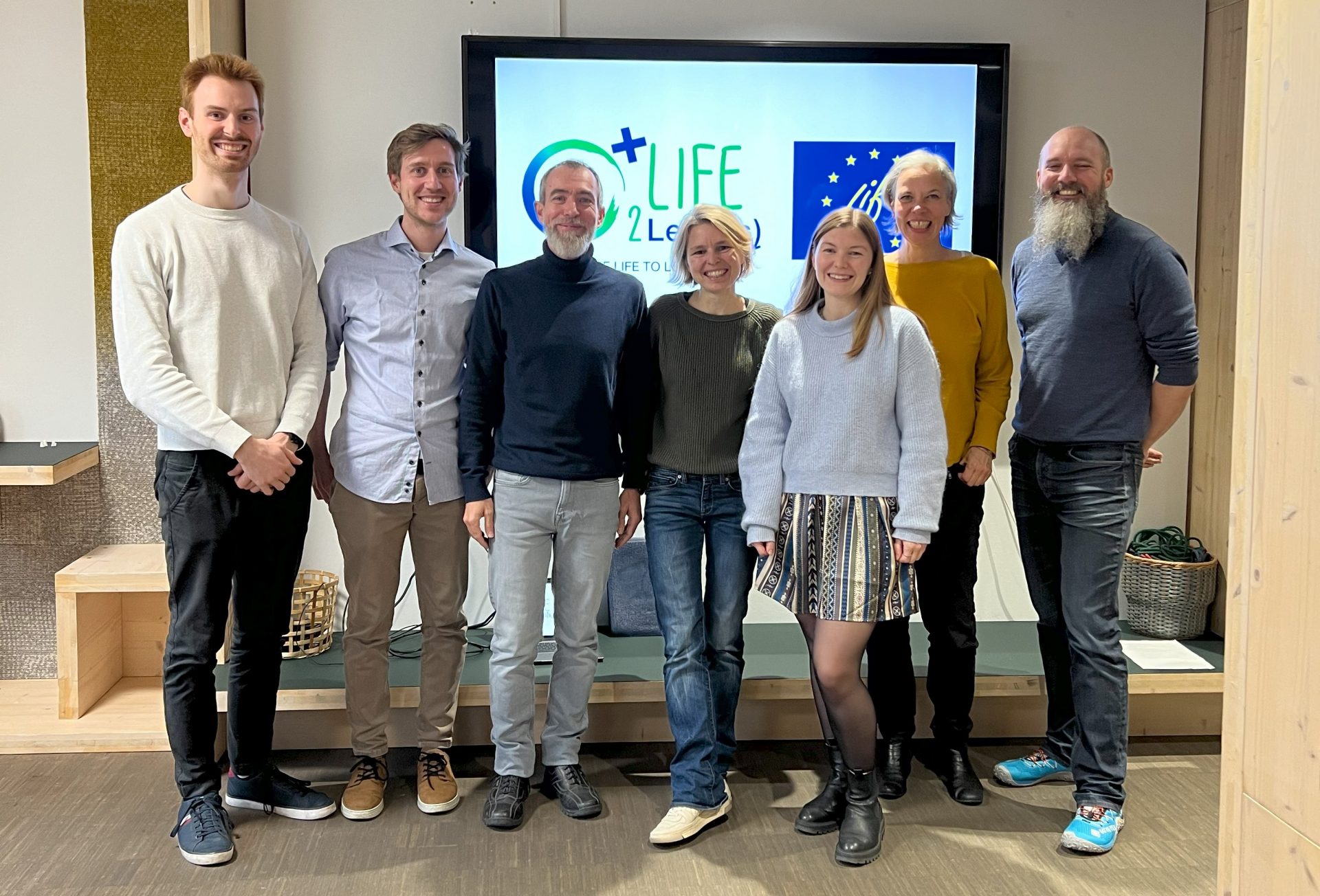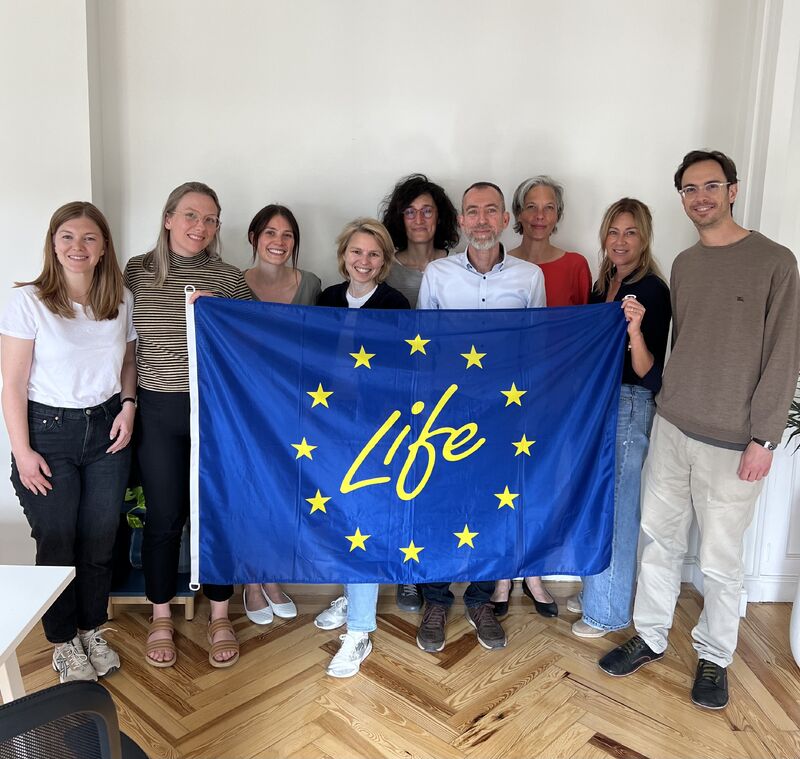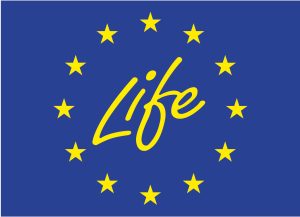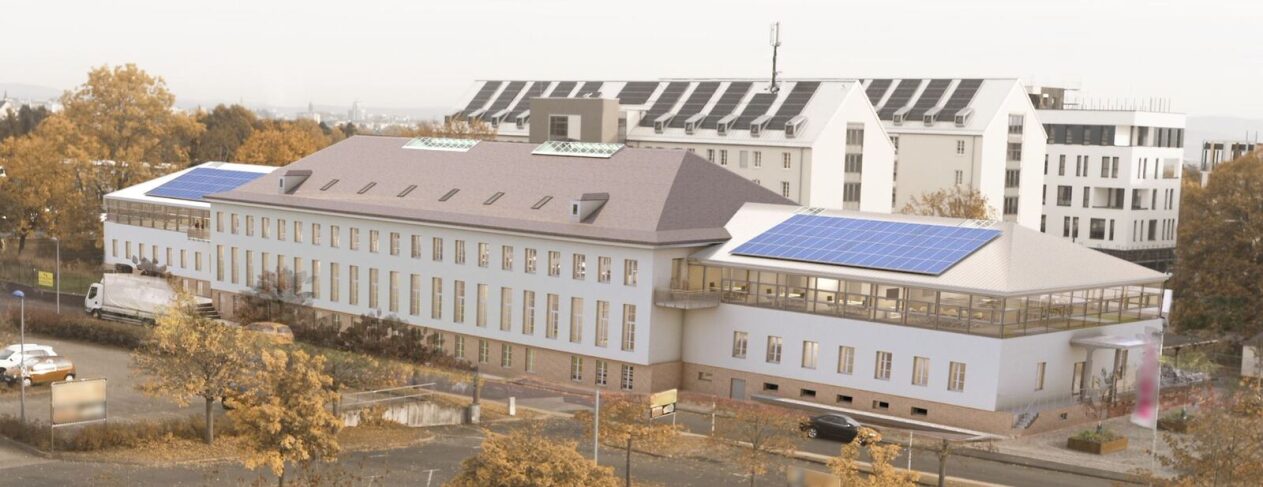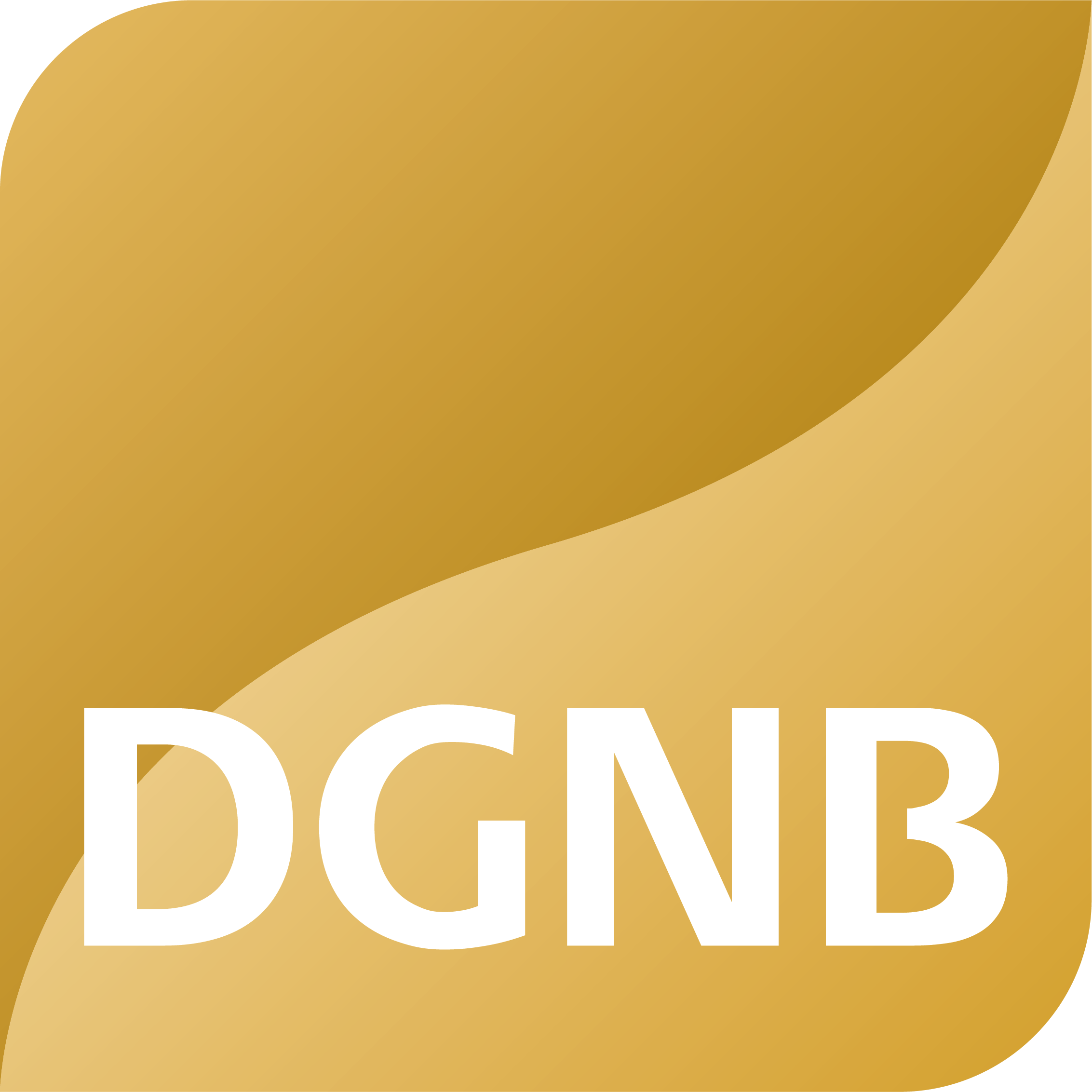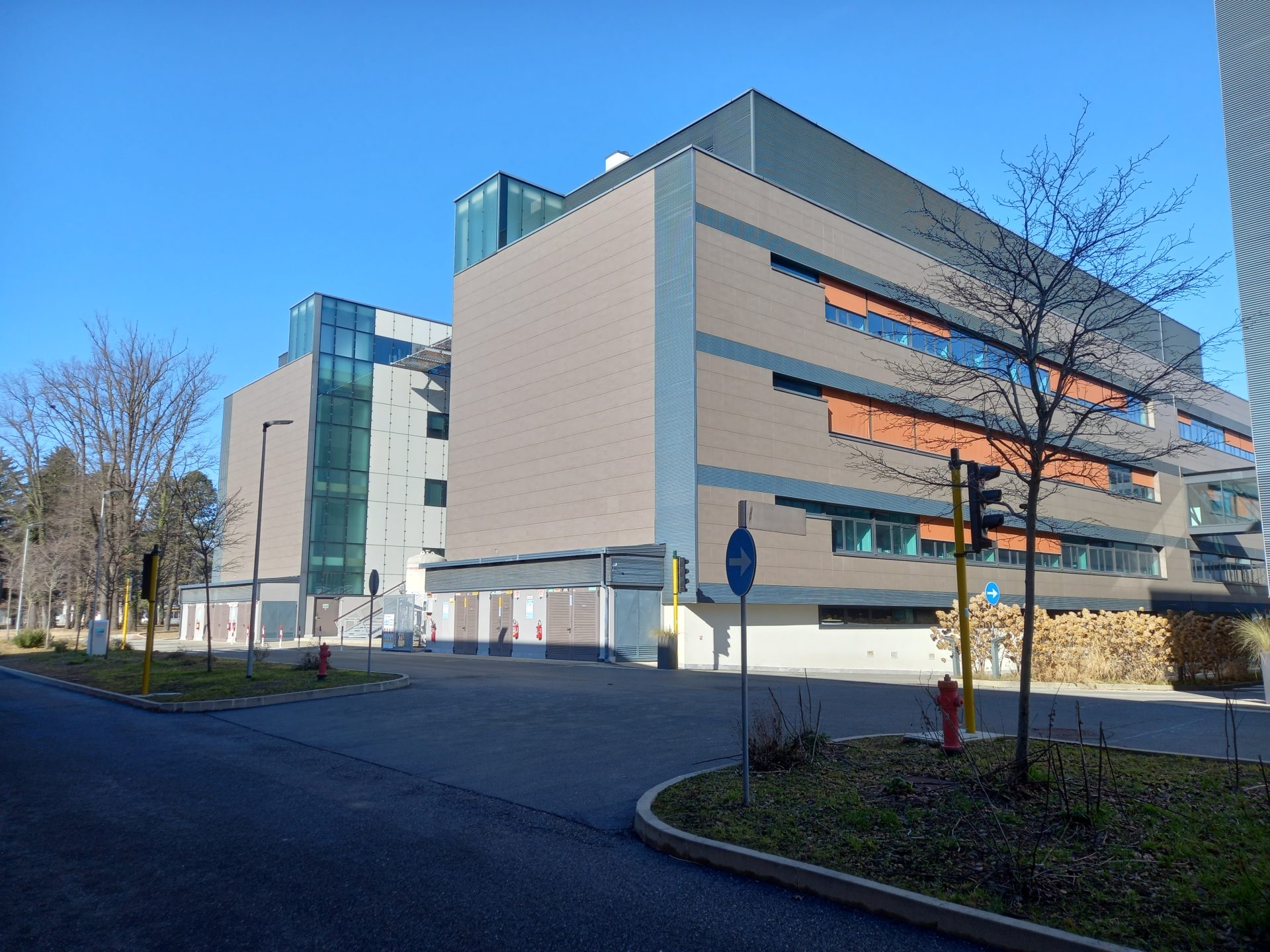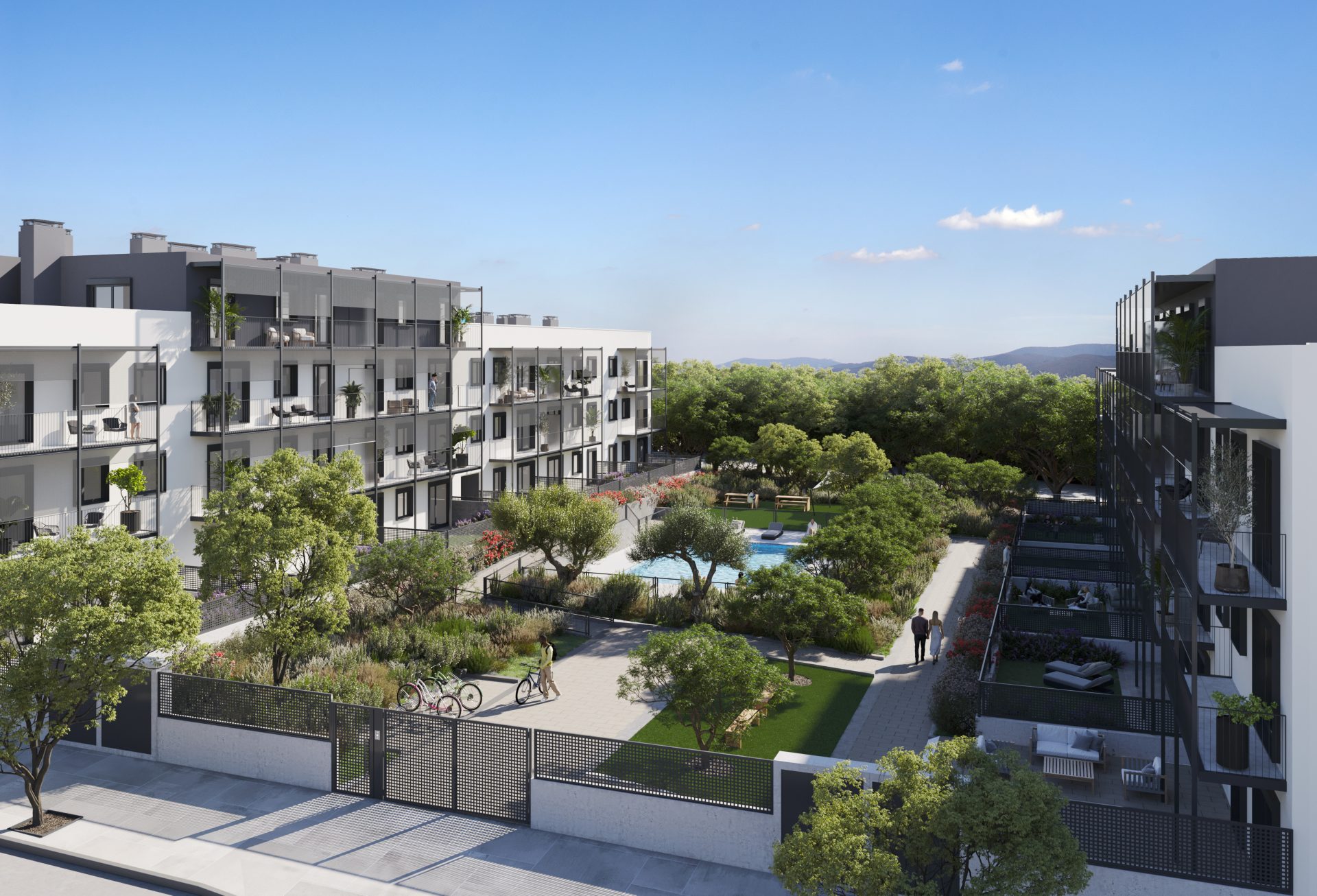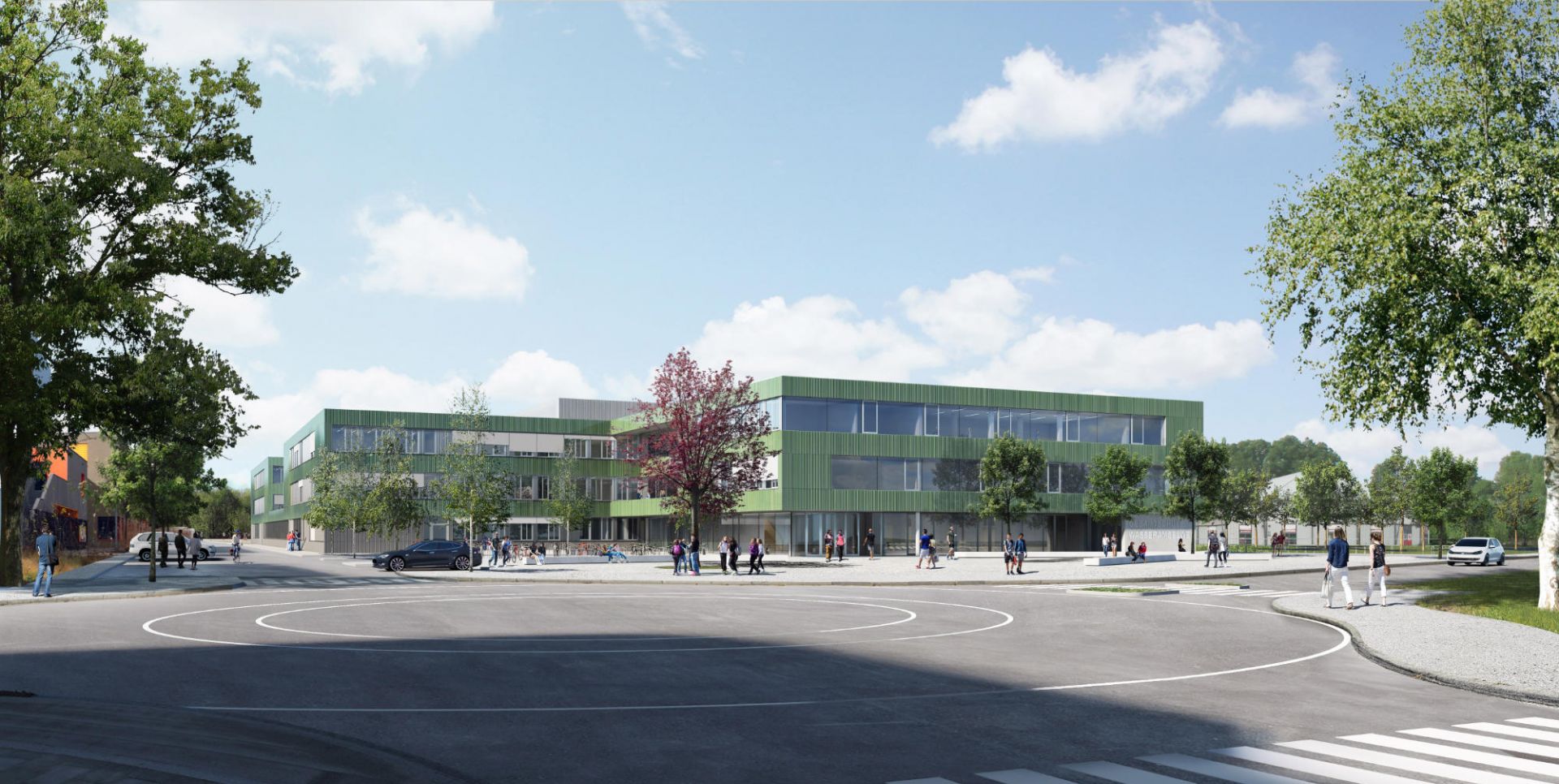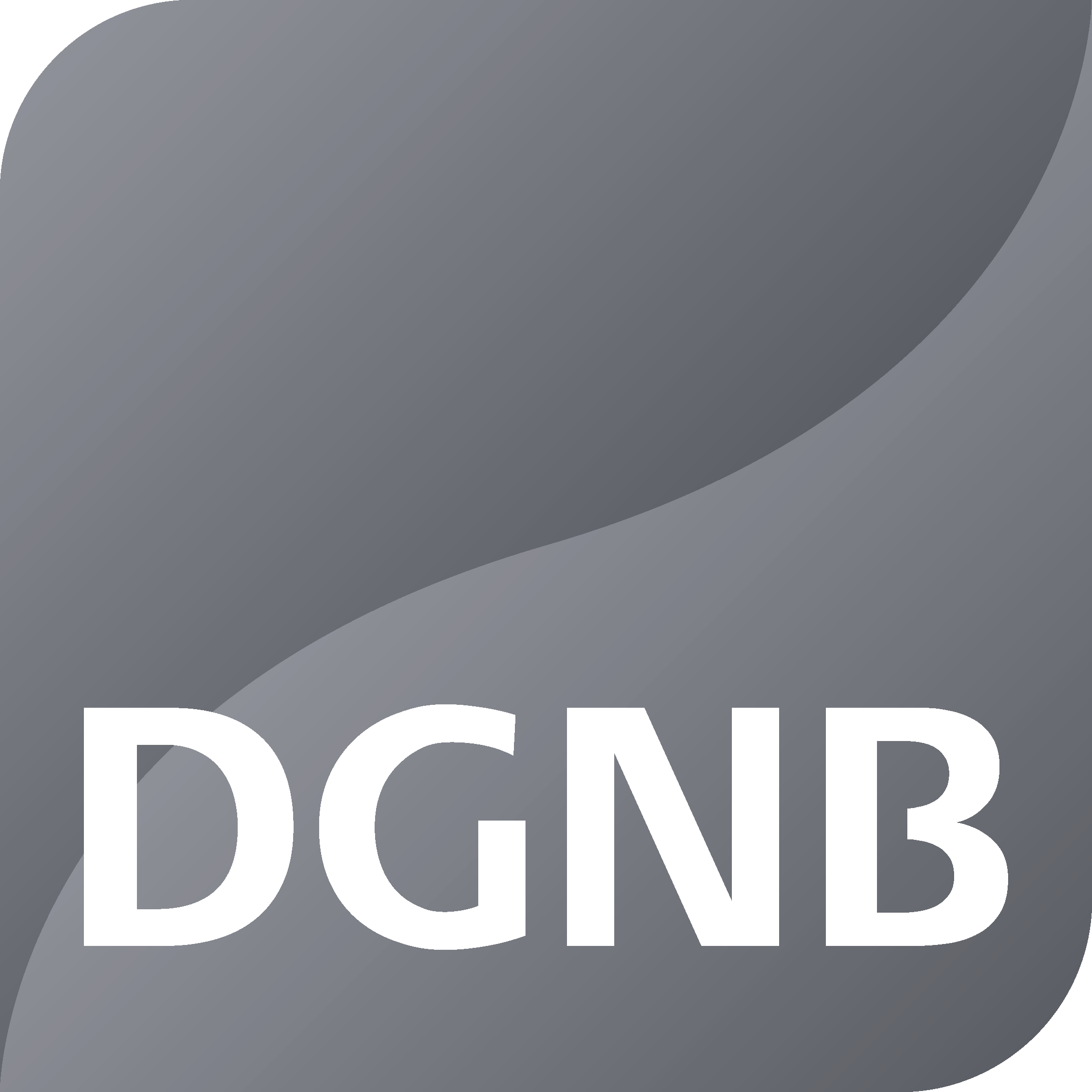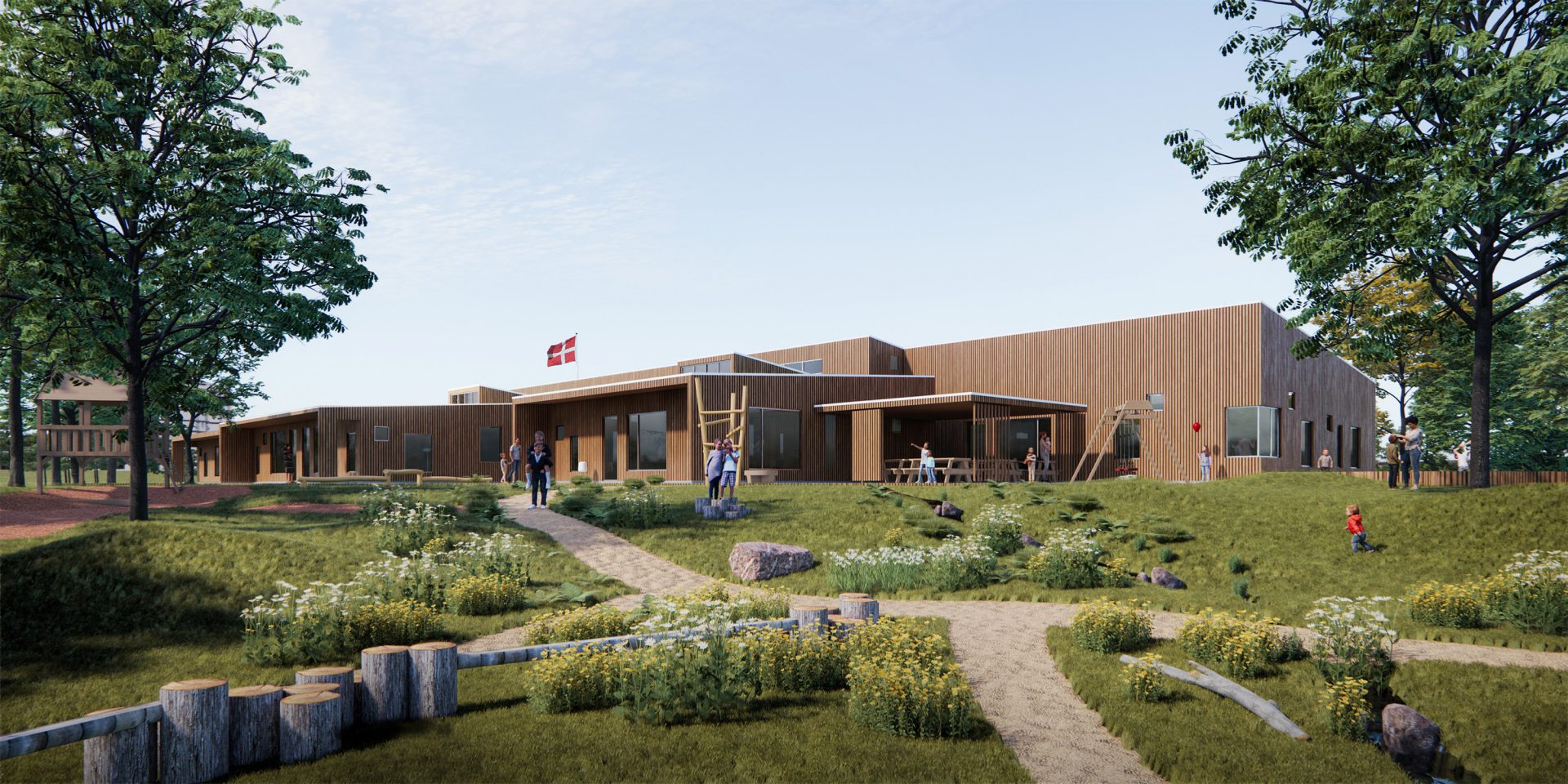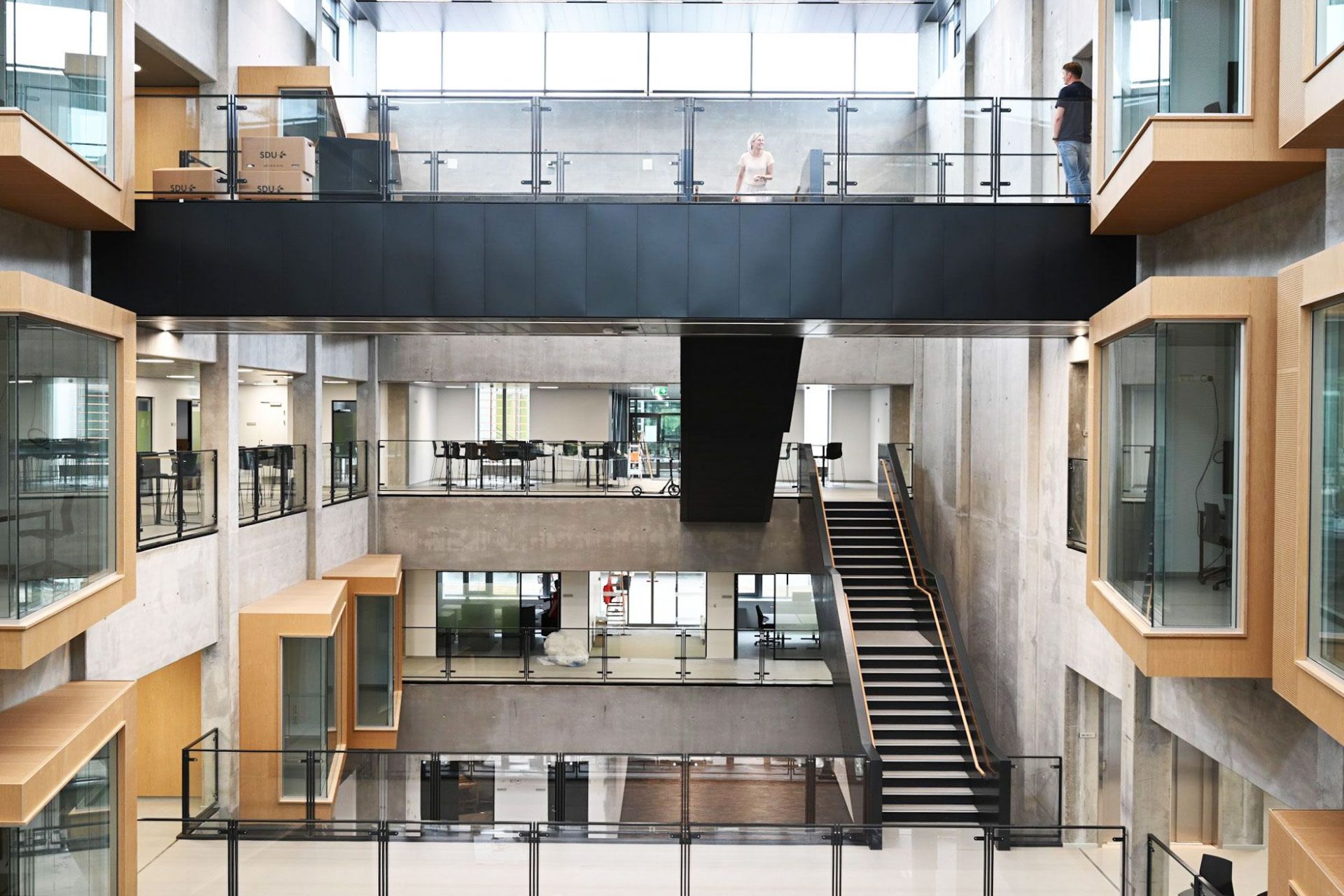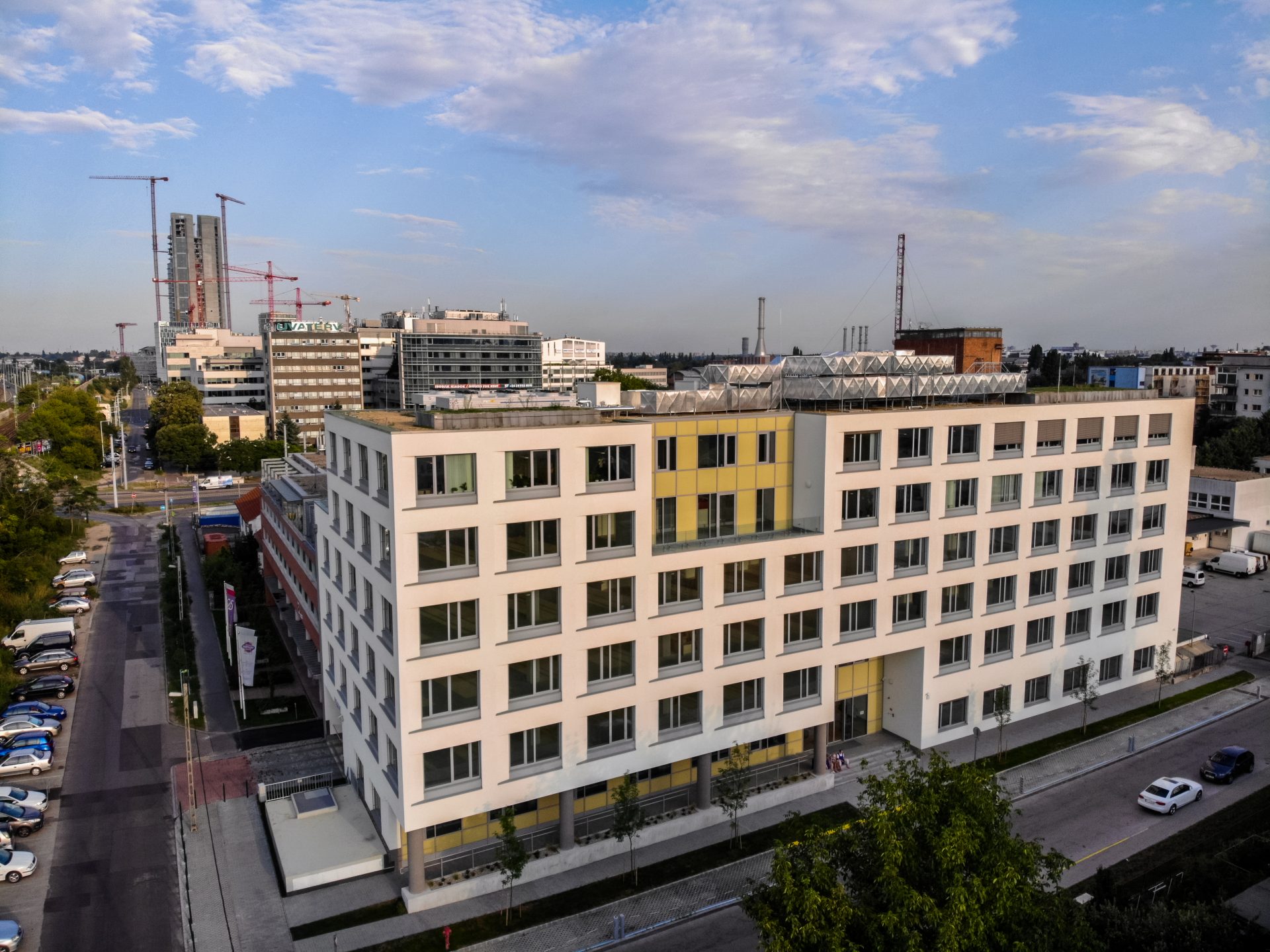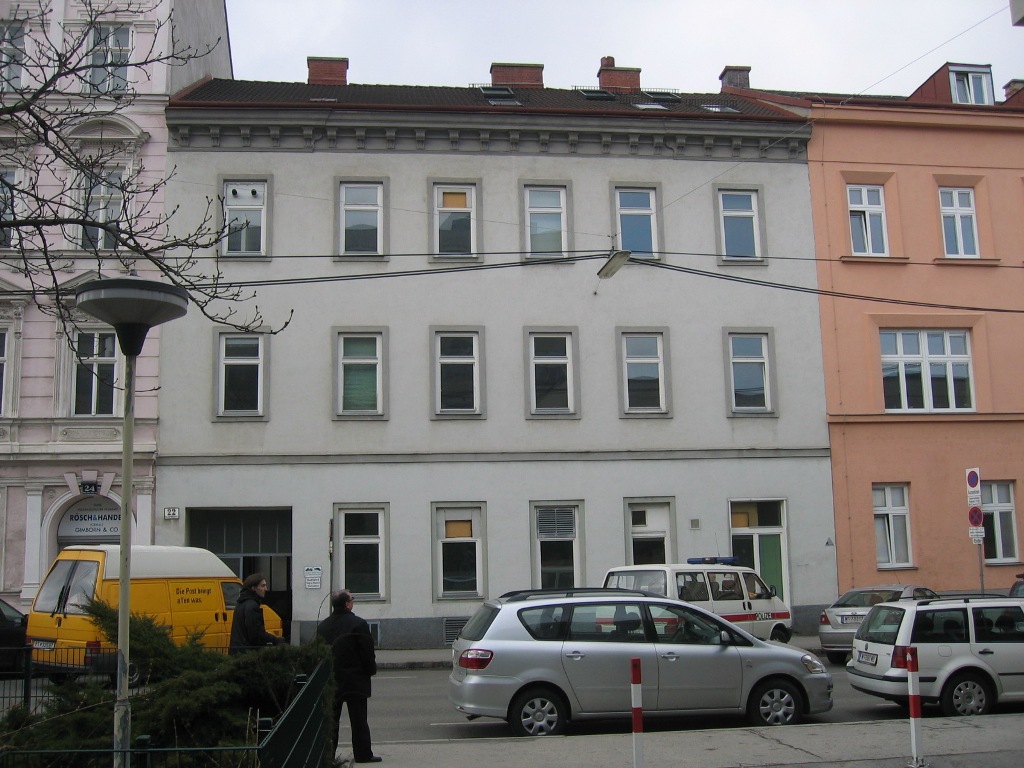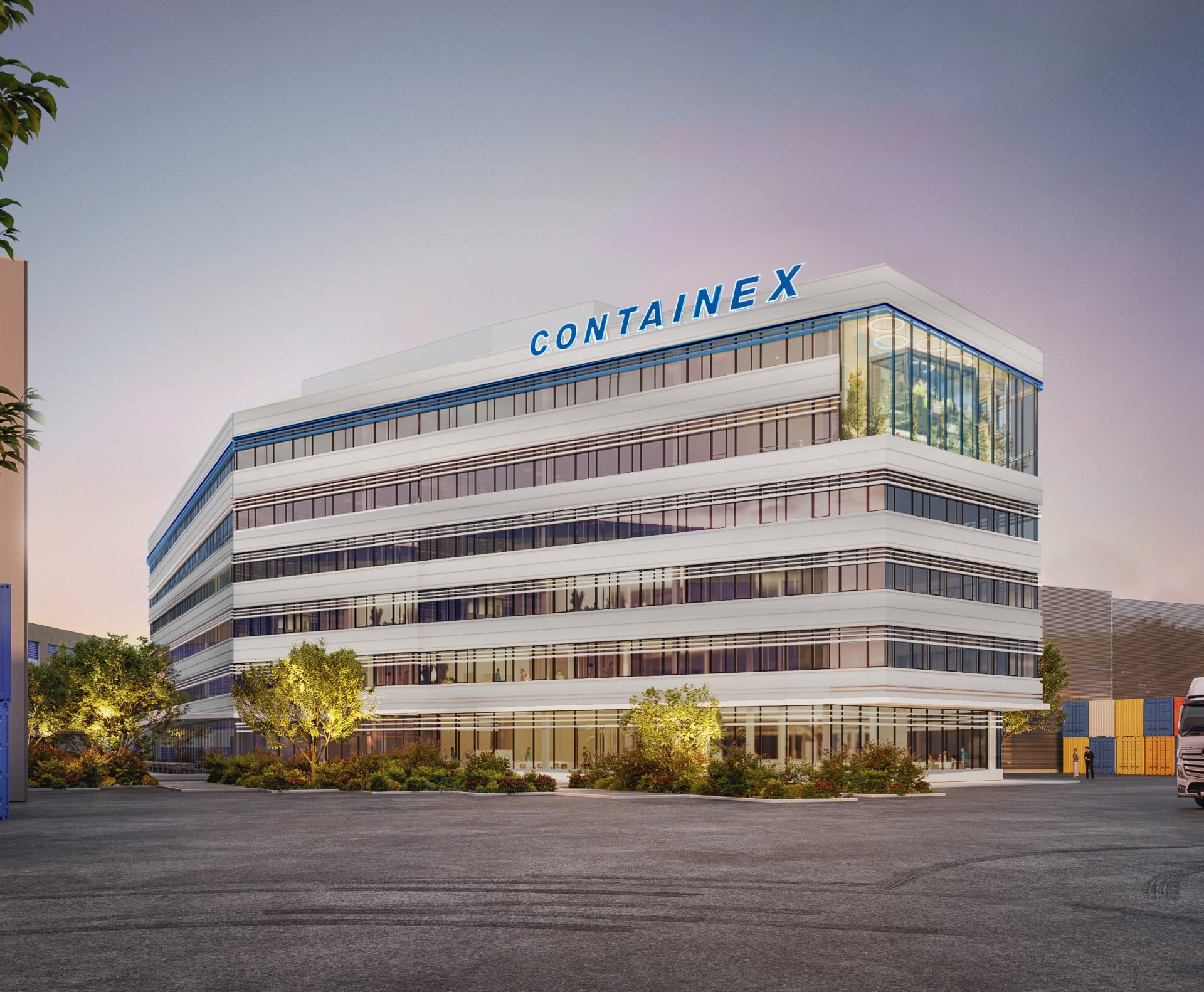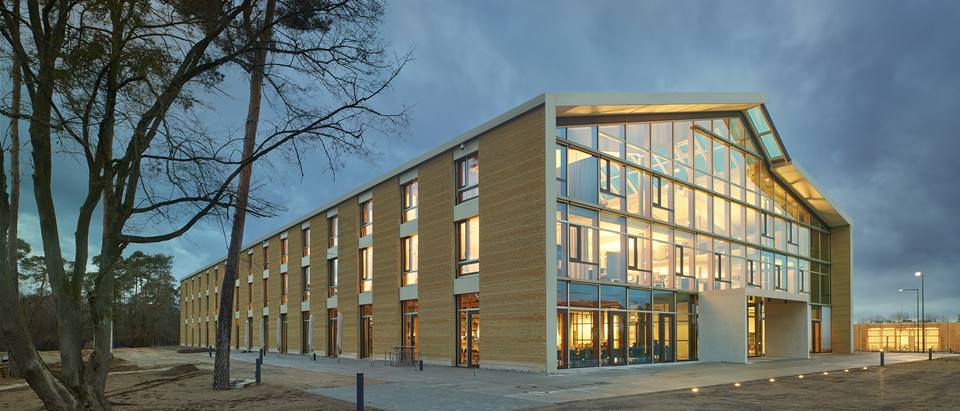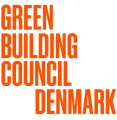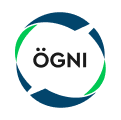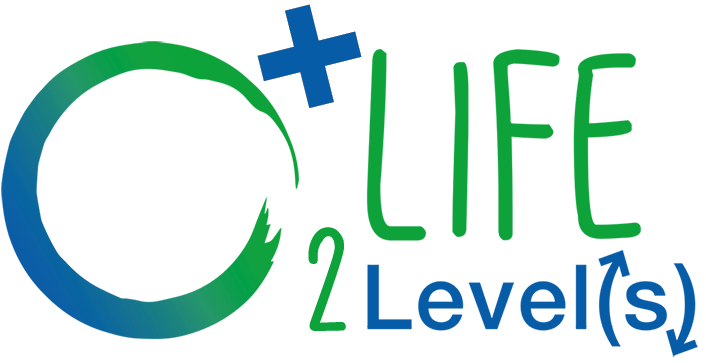
More LIFE 2 Level(s)
Evaluation of the Level(s) framework on selected real objects.
The project and its objectives
More LIFE 2 Level(s) is a project, funded by the EU, to gain a rigorous, harmonised, and thorough understanding of how the Level(s) is applied in different building typologies across Europe.
The objective of More LIFE 2 Level(s) is to learn from the experience of testing in real-life conditions (case studies) a life-cycle approach to the sustainability of at least 10 European buildings, by applying the Level(s) Framework.
The information, data and learnings extracted from the application of the Level(s) indicators in the 11 european case studies will help to provide best practise cases and hopefully accelerate using Level(s) for further projects in the real estate field around the world.
Please find the website of the LIFE Programme: here
Project Presentations
Partners of the Project More LIFE 2 Level(s)
4 Green Building Councils (GBCs), already using DGNB System and the VERDE certification scheme, partner up to cover different regional and cultural approaches to building sustainably. These are the following:
Together they provide a wide pool of projects, typologies, stakeholders, building cultures, climate regions, public procurement practices, expert auditors, and market experience.
Duration of the Project More LIFE 2 Level(s)
Certification Systems and Level(s)
The More LIFE 2 Level(s) project takes advantage of the DGNB-System and VERDE Certification System (GBCe Environmental Certificate), both of which are already Level(s)-compliant.
Both, DGNB- and Verde System have been the first two certification systems whichadapted to include the Level(s) indicators as well as other European reference strategies for sustainability, such as the Taxonomy Regulation.
In the European context, The DGNB-System is one of the most widespread GBRS. The certification has also been adapted to other countries such as Denmark, Spain, Croatia and others. In total, since 2009, more than 8.869 buildings / or new building / renovation construction projects have been certified according to DGNB (status 06/2022) in 18 different European countries and 114 buildings with VERDE in Spain.
Level(s) is a voluntary reporting framework providing a common language for assessing and reporting on sustainability performance of buildings. It aims to promote life cycle thinking. It can be used to report on and improve the performance of a new build and major renovations projects.
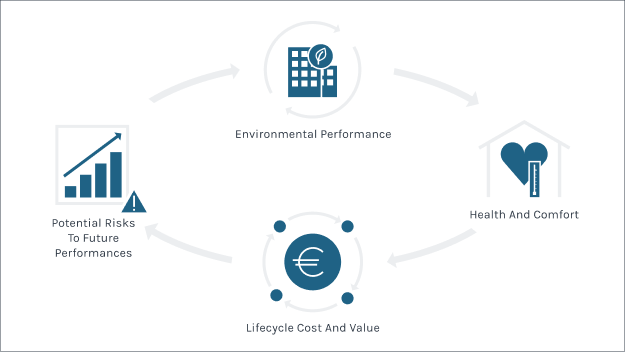
Overall, Level(s) provides a set of indicators and common metrics for measuring the sustainability performance of buildings along there life cycle, assessing:
- environmental performance
- health and comfort
- life cycle cost and value and
- potential risks to future performance
These GBRS share with Level(s) two common goals: to build sustainably and to foster resilient buildings and societies. Sustainability, resilience, and circularity metrics of buildings are constantly pushed to better performance benchmarks and quality reporting protocols.
While GBRS are offered to assess, rate, and certify competitive and complex sustainability targets with immediate marketing exploitability, the Level(s) Framework offers so far, a more condensed reporting toolkit with direct usability to assess other European strategies for a green transition (i.e: EU-Taxonomy, Energy Performance Building Directive, European Climate Law, …) By joining forces, GBRS and Level(s) can accelerate the accomplishment of sustainability, resilience, and circularity in buildings, as well as reach difficult stakeholders such as the society and the public bodies, who would then become better equipped and more eager hence to a seamless integration of the Level(s) Framework.
Who can make use of it
The Levels common framework has been designed with three main project actors in mind:
Project design teams
(include project managers, architects, engineers and quantity surveyors)
- It provides a simple structure that can be presented to clients in order to prioritise attention on sustainability aspects.
- It supports the user at each stage in a project, with guidance notes on how to make accurate performance assessments.
- It has a focus on the performance of the complete building, and the steps to be taken at design stage to ensure high performance.
- It provides flexibility in the level of detail at which sustainability aspects can be addressed in the design process.
Clients and Investors
(including property owners, developers and investors)
- It provides a clear set of priority aspects of performance to focus attention on, forming a basis for instructing design professionals.
- It ensures transparency in the reporting of performance assessment, and the associated data, calculation methods and assumptions.
- It focusses on minimising the gap between design and occupied performance.
- It identifies how the costs and risks associated with a building’s performance can be future proofed and managed to deliver long-term value.
- It provides tools to identify opportunities to extend the lifespan, improve the internal environmental quality and enhance the long term value of building assets.
Public policy makers and procurers
(at local, regional and national level)
- It provides a clear set of prioritised aspects of performance to focus attention on, together with a standardised basis for setting requirements for new and renovated buildings to meet.
- It provides the basis for actions and requirements that can contribute to Member State, regional and local government carbon reduction targets as well as broader sustainability objectives.
- It focusses on performance aspects that are of direct ongoing financial interest to public authorities and agencies, such as operating and maintenance costs.
- It includes indicators that measure comfort and wellbeing aspects of a building and its internal environment, e.g. indoor air quality, thermal comfort.
- It includes indicators that measure comfort and wellbeing aspects of a building and its internal environment, e.g. indoor air quality, thermal comfort.
Links & Downloads
Green Building Council Person
Alfons Ventura
Technical Consultant
Green Building Council España (GBCe)

Anna Braune
Director Research and Development
German Sustainable Building Counsil (DGNB)
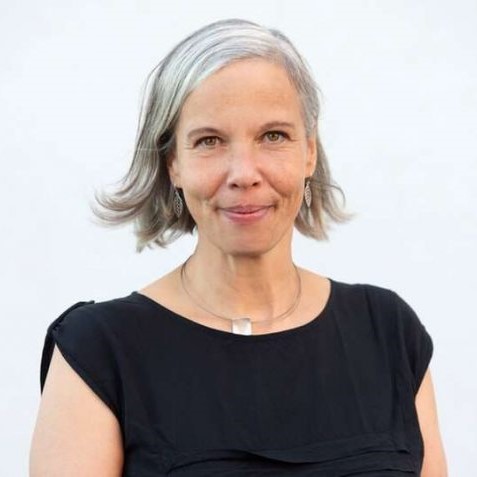
Sabine Bisgaard
Technical Consultant
Green Building Council Denmark (DK-GBC)

Petra Kühnel
EU-Taxonomy Expert
Austrian Sustainable Building Council (ÖGNI)
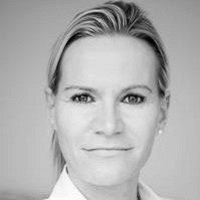
NOTE
This project has received funding from the European Union´s LIFE program under Grant Agreement No 101104441.
DISCLAIMER
The support of the European Commission for the preparation of this publication does not constitute an endorsement of the contents, which reflects the views only of the authors, and the Commission cannot be held responsible for any use which may be made of the information contained therein.
“Funded by the European Union. Views and opinions expressed are however those of the author(s) only and do not necessarily reflect those of the European Union or CINEA (granting authority) Neither the European Union nor the granting authority can be held responsible for them.”
